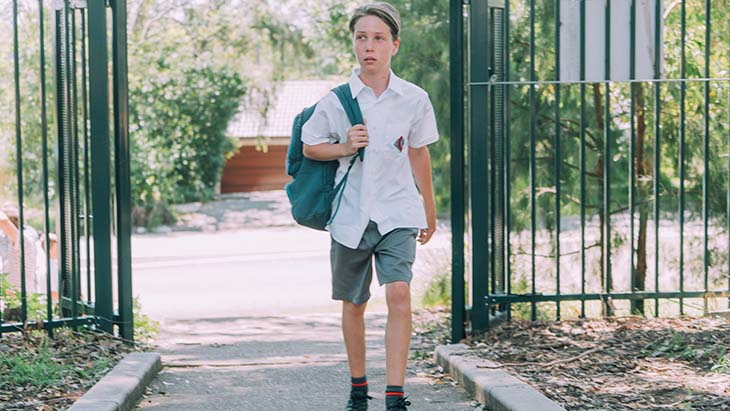Curriculum considerations for autism
Creative arts
Students on the autism spectrum may find loud noises or specific textures in art, woodworking, drama, or music overwhelming. Consider providing choices in activities or materials. Allowing students to go to a quiet space or use noise-reducing headphones or different materials may help.
English
Some students may need support with reading comprehension. In particular, because students on the autism spectrum can find understanding social situations or other people’s emotions and thoughts challenging, they may find interpreting the actions and intentions of characters difficult. One strategy that may assist is teaching students how to use reciprocal questioning in peer groups. Consider asking students to work in small groups to (i) guess what may happen next, (ii) identify words that they don’t understand, (iii) ask questions about the plot and characters and (iv) summarise parts of the story.
Some students on the autism find pronouns (a word that replaces a person or object, such as I, me, or you) challenging. This is possibly because students on the autism spectrum often echo other people’s speech and have trouble understanding the social rules of language. They may need help to identify the pronouns when reading.
Languages
Students on the autism spectrum who have communication challenges may need support with learning a new language.
Assess whether learning a language will be of advantage to them on a case-by-case basis.
If they are learning a language, focus on areas of strength and build from there.
Mathematics
Some students on the autism spectrum may have trouble understanding maths questions using complex language (for example, ‘Jonny had 368 apples and ate 25’ is more difficult than 368 – 25 = ?). Consider keeping language simple.
Some students on the autism spectrum may use the same strategy each time instead of trying new ways of solving a problem. Consider teaching them a range of different strategies for solving mathematics problems. Written or picture prompts can remind them to use that strategy.
Some students prefer things to be exact, and so may not like to use estimation. Concrete materials and strategies may be needed for some students. Lots of time to practise can help. Provide effective feedback and lots of opportunities to practise.
Personal development, health and physical education
Some students may need support with loud or messy changing rooms. Displaying clear expectations in the change rooms may help. Consider letting a student on the autism spectrum come to school in their sports uniform or change clothing when the change rooms will not be as busy. See our school story - school uniforms.
Adapt activities to be as inclusive as possible. Look for opportunities to explicitly teach social skills.
Science
Students on the autism spectrum may need help to transfer theory or skills they learn in one task to a new task.
Some students on the autism spectrum may have much knowledge in an area of the science curriculum if it is one of their special interests. This can give them an opportunity to share their knowledge with others.
Technologies
Many students enjoy digital technology and will be motivated by this subject.
Some students on the autism spectrum may have much knowledge in an area of the technologies curriculum if it is one of their special interests. This can give them an opportunity to share their knowledge with others.
Human society and its environment
Some students on the autism spectrum may have much knowledge in an area of the humanities curriculum if it is one of their special interests. This can give them an opportunity to share their knowledge with others.
